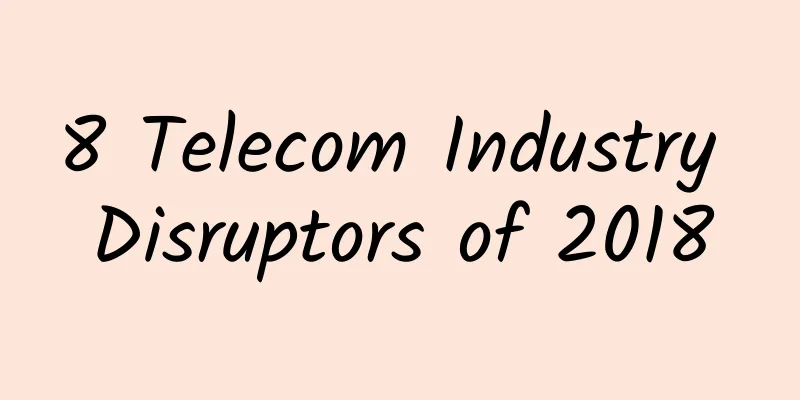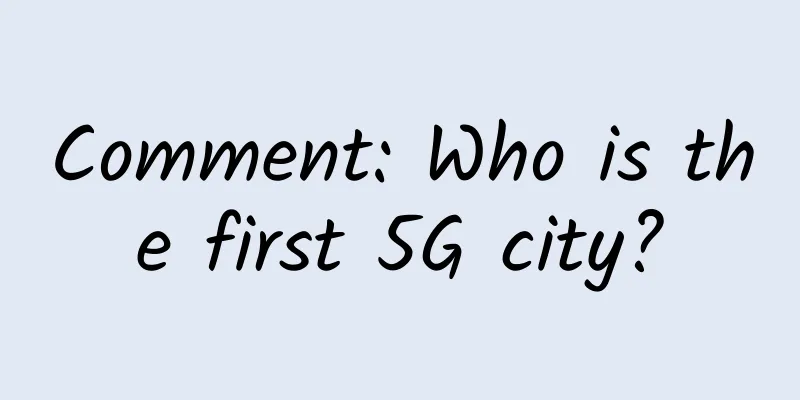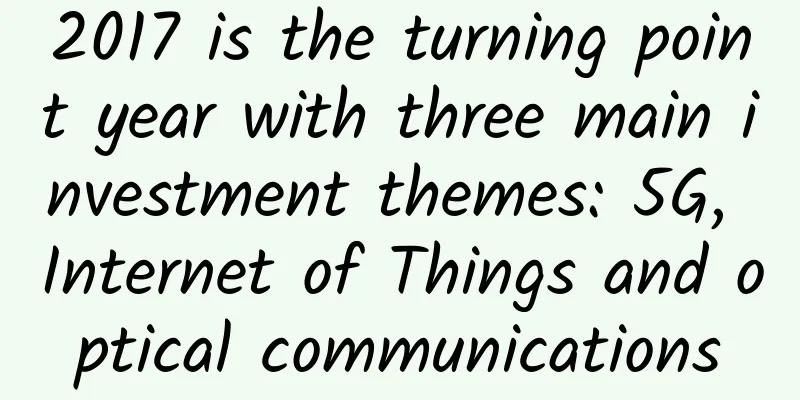The rise of cybercrime today: how to deal with cybersecurity threats

|
Cybersecurity professionals are constantly protecting computer systems from potential breaches. Organizations and private networks are subject to cyberattacks every day, and the diversity of these attacks has increased significantly. According to John Chambers, former CEO of Cisco, there are two types of businesses: those that have been hacked and those that don’t yet realize they have been hacked. There are many motivations behind cyberattacks. One is money. Cybercriminals may disable a system and demand payment in order to restore it to service. Ransomware, an attack that demands payment in order to restore software service, is more sophisticated than ever. Businesses that use IT outsourcing are more vulnerable to cyberattacks, but so are people who store sensitive data on their mobile devices and connect to the internet over unsecured public networks. What are cybersecurity threats? A cybersecurity threat is any imaginable harmful attack designed to access data, disrupt digital activity, or illegally destroy information. Cyber threats can come from a multitude of entities, including corporate spies, hacktivists, terrorist groups, hostile nation-states, criminal organizations, lone hackers, and disgruntled employees. Sensitive data has been made public as a result of several high-profile cyberattacks. For example, the 2017 Equifax hack exposed the private information of more than 143 million people, including birthdays, addresses, and Social Security numbers. In 2018, Marriott International disclosed that hackers had breached its servers and stolen data from nearly 500 million customers. Both times, companies neglected to implement, test, and retest technical security measures, including firewalls, encryption, and authentication, allowing cybersecurity threats to flourish. Cyber attackers can exploit sensitive personal or business data to steal information or access financial accounts, among other potentially harmful actions. Cybersecurity professionals are therefore essential to protecting private data. The evolution of cybersecurity As the internet and digitally dependent businesses grow and change, cybersecurity measures continue to adapt. According to Secureworks, those studying cybersecurity are paying more attention to the two topics discussed below. 1. Internet of Things Individual devices connected to the internet or other networks provide access points for hackers. In 2019, hackers increasingly targeted smart homes and Internet of Things (IoT) devices, such as smart TVs, voice assistants, connected baby monitors and mobile phones, according to Cytelligence. Hackers who successfully infiltrate connected homes can not only obtain users' Wi-Fi passwords, but also private data, such as medical records, bank statements and website login information. 2. Data explosion Data stored on devices such as laptops and mobile phones makes it easier for cybercriminals to access the network through personal devices. For example, former U.S. Secretary of Homeland Security Michael Chertoff warned in his upcoming book "The Data Explosion: Reshaping Our Cybersecurity in the Digital Age" that the widespread exposure of personal information has made it more vulnerable to cyberattacks. Zero Trust Security Strategy Enterprises are more connected than ever before. Systems, users, and data exist and operate in different environments. Perimeter-based security is no longer sufficient, but installing security controls in every environment is a complex undertaking. In both cases, protection of the most valuable assets is compromised. Zero Trust strategies are premised on compromise and implementing controls to check the validity and intent of every user, device, and connection to the organization. For an enterprise to successfully implement a Zero Trust strategy, it must be able to combine security information to provide notifications and enforce verification controls in context, such as device security, location, etc. Therefore, businesses and government agencies require maximum cybersecurity to protect their data and operations. Cybersecurity professionals must understand how to respond to the latest cyber threats. |
<<: 2022 UBBF | Huawei iMaster NCE promotes FTTR intelligent monetization
>>: How to Choose the Right Data Cabling for Your Business
Recommend
TCP/IP, UDP, HTTP, MQTT, CoAP: five IoT protocols
For software companies, the IoT model brings deci...
What do you think of the "5G is useless theory"? Communications industry netizens have something to say
Since the beginning of this year, 5G has become t...
spinservers: $59/month - E3-1280v5, 32GB memory, 1TB NVMe, 30TB/10Gbps bandwidth
spinservers has just released several promotional...
If the server does not receive the fourth wave request during the four TCP wave requests, will the server keep waiting?
I'm going to copy an answer from a certain we...
A brief discussion on the prospects for the evolution of 5G core network
I recently read a paper about 5G core network, &q...
5G and edge computing are a perfect match
Enterprise IT leaders have heard a lot about edge...
What is the difference between a wireless router and an optical modem? This article tells you
When we deploy a WiFi network at home, there are ...
AI World: Eight AI trends to watch in 2018
Computationally speaking, the big data analytics ...
Healthcare and smart city services will lead 5G IoT adoption
Juniper Research predicts that by 2026, there wil...
Why is 5G important for the Internet of Things?
The fifth generation of network bandwidth arrives...
[11.11] Maxthon consoles are 32% off, top up 611 yuan and get 111 yuan for free
Aoyo Host (aoyozhuji/aoyoyun) has launched this y...
Talking about HTTP connection related knowledge
[[374909]] This article will first introduce the ...
The three major telecom operators are accelerating the construction of 5G networks and data centers
Seizing the opportunity of the country's &quo...
Why is the 4G network speed slowing down now? The Ministry of Industry and Information Technology gave the answer, netizens: It's really realistic
I don't know if you have noticed a significan...
Practice: Ping suddenly has high latency? Spanning tree architecture, the Cisco switch that is highly praised by network engineers is also suffering from the old sin!
Background Party A is a ship machinery parts manu...









